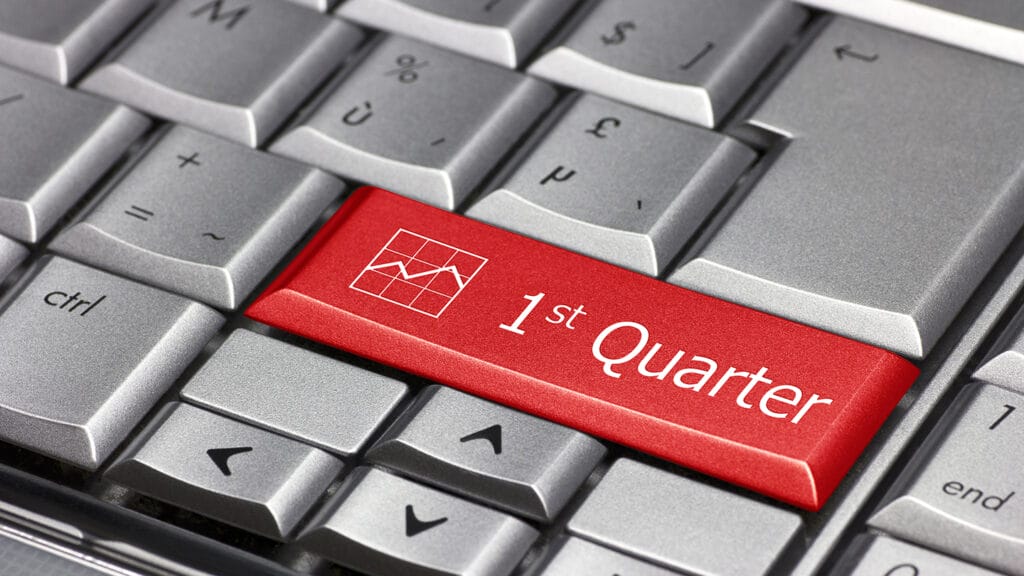Healthcare issues associated with the aging American population have broadened through the pandemic and all signs point to that trend continuing for the foreseeable future. Catalyzed by capacity issues and hospital bed shortages during the peaks of the pandemic, at-home care has given healthcare organizations the ability to expand capacity into patients’ homes. While this relieves some pressures on hospitals, more healthcare professionals (HCPs) and family members have taken on the role of at-home caregiver for patients — creating new safety challenges with medical waste generated in unregulated settings.
Increase education around medical waste disposal
Disposing of medical waste can be a complex process that most are unaware of outside the healthcare setting. In traditional medical settings, HCPs have specific protocols for handling and disposing of biohazardous waste, sharps, and pharmaceutical waste. In an at-home setting, those resources are not readily available. Moreover, disposing of medical waste outside a traditional point of care is an issue that even one-third of HCPs working in an at-home care setting feel unequipped to safely perform. For most HCPs, disposing of biohazardous waste in home care environments is a core challenge that poses significant risks to both providers and patients.
Patients also play a critical role in the process of managing and handling of medical waste. Without a clear understanding of safety protocols, they can easily harm themselves and others in the home by improperly discarding sharps or hazardous waste. With more people receiving care at home today, more patient training and resources are needed to properly manage the waste associated with their medical treatment.
HCPs and patients alike must be empowered with the proper tools and education to effectively manage medical waste — including consistent dialogue with the healthcare organization, continuous training, and effective logistical support to improve waste management in home care settings.
Implement strategies to prevent drug diversion
Without appropriate protocols in place, at-home care can exacerbate one of the U.S.’s longest running health issues – the opioid epidemic. When not disposed of correctly, pharmaceutical waste is detrimental to the health of the community.
It is critical that every aspect of care delivery be considered when introducing patients to at-home care. When it comes to pharmaceuticals in the home, many healthcare workers (56%) believe improperly disposed of waste and leftover medications are two of the biggest contributors to the opioid epidemic, which has only become more challenging during the COVID-19 pandemic.
As logistical concerns increase from the impact of the pandemic, pharmaceutical waste management is even more challenging for home caregivers – increasing the likelihood of drug diversion. Healthcare organizations have the opportunity, along with their waste management partners, to coordinate strategies with caregivers and patients to improve drug disposal effectiveness and safety in the home setting.
Collaborate and plan for safe care delivery
When admitting patients to a new program, at-home care providers should include a detailed safety overview and plan for the duration of care. Having a step-by-step discussion with the patient, loved ones, and caregivers at the onset of at-home care will help ensure that safety levels expected in a traditional point of care are upheld inside the home.
As the delivery of care at home becomes more common, healthcare organizations will be faced with the challenge of replicating a safe work and care environment beyond traditional care settings. Ensuring the health and well-being of providers and patients begins with empowering all involved in the at-home setting. Importantly, at-home care environments should be equipped for managing the proper disposal of biohazardous waste, and patients should be as aware as providers are of the proper steps to ensure biohazardous waste ends up where it belongs.
At-home organizations and their waste management partners should collaborate to develop processes for providers and patients to nurture a more sustainable, safer, and healthier care environment. As healthcare continues to evolve from traditional settings, so must the way we approach safety and waste management to ensure patients and the public remain healthy.
Jim Anderson is the vice president of product, strategy and innovation at Stericycle, a leader in medical waste management



